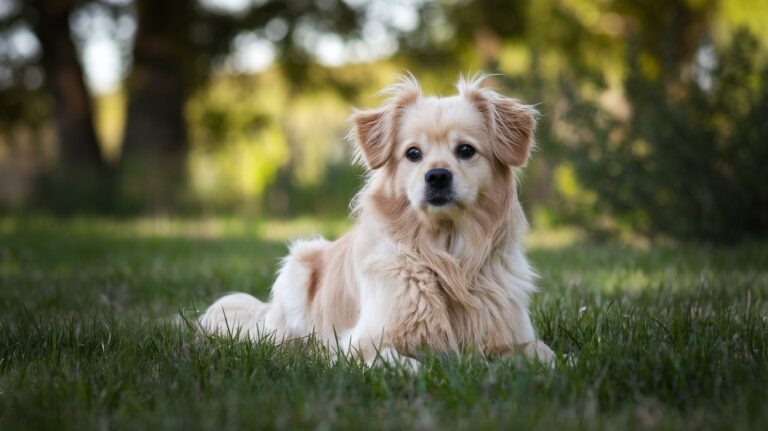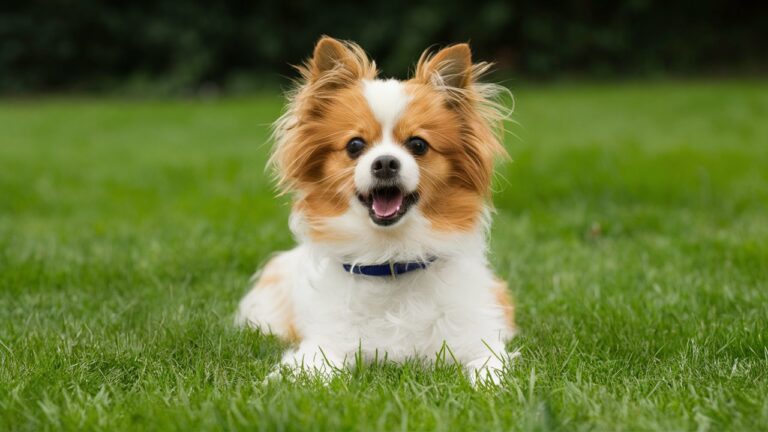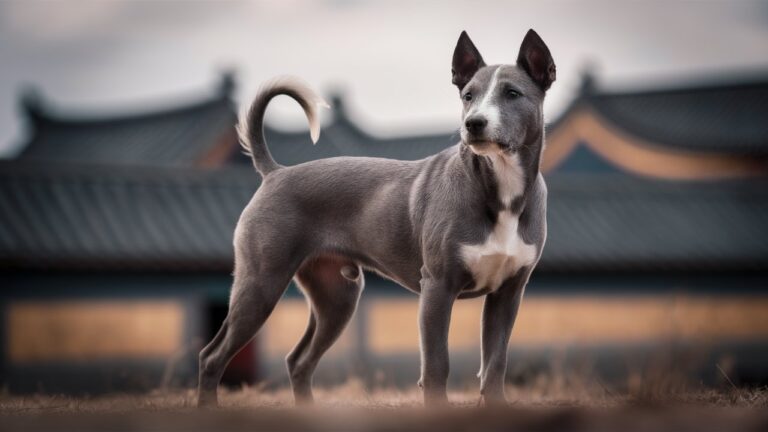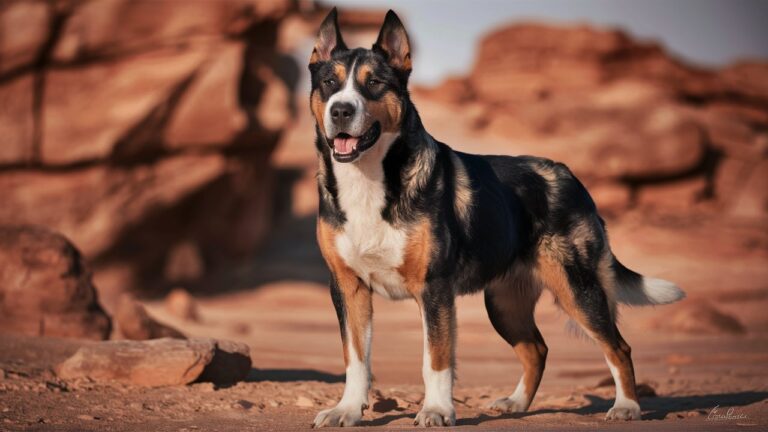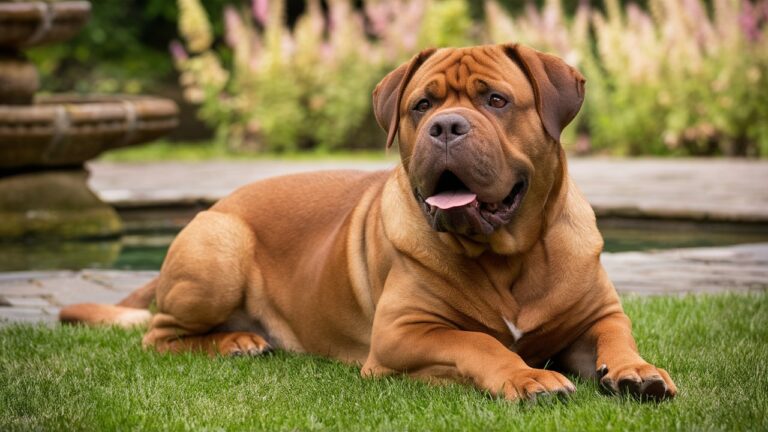The Ultimate 100% Guide to Pug Care: Tips Every Owner Needs
Pugs, with their adorable wrinkled faces and charming personalities, have captured the hearts of dog lovers worldwide. While these little bundles of joy bring endless happiness, they also require specific care to ensure they live healthy, happy lives. Whether you’re a new pug owner or looking to enhance your pug care knowledge, this ultimate guide provides essential tips and personal anecdotes to help you along the way.
Table of Contents
ToggleUnderstanding the Pug Breed
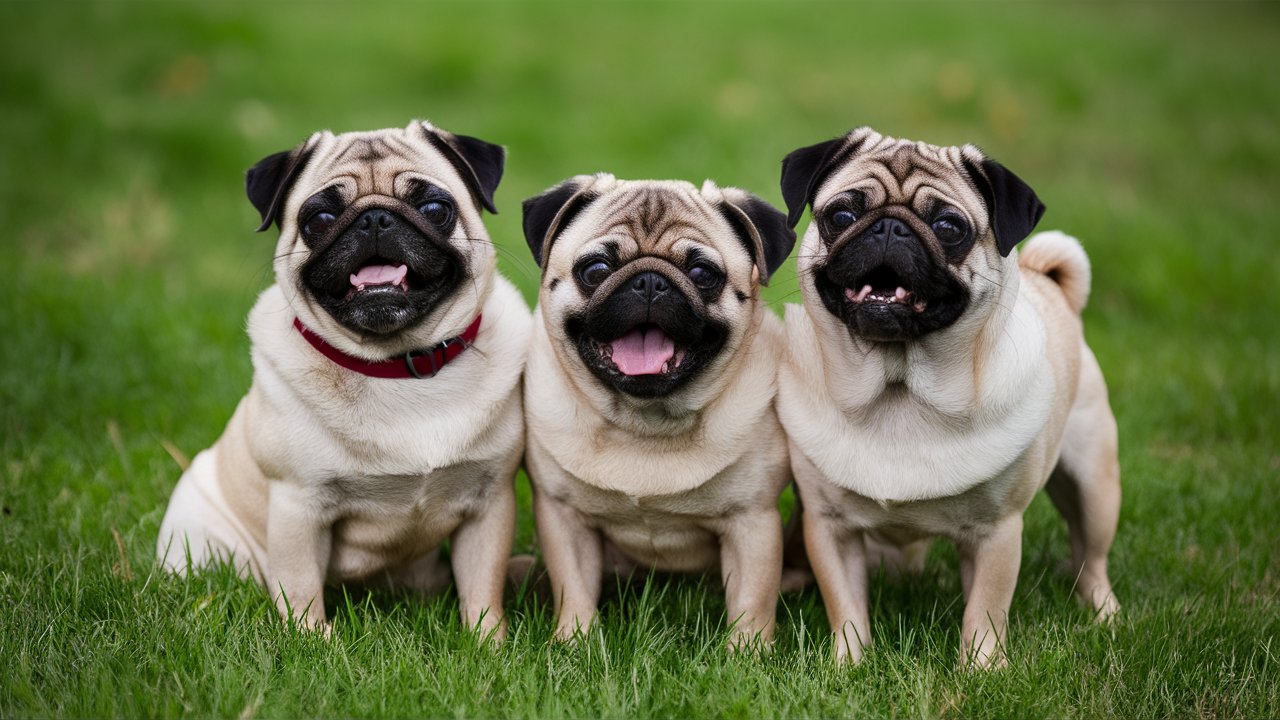
History and Characteristics
Pugs have a rich history dating back to ancient China, where they were bred as companion animals for royalty. They are known for their distinct features: a wrinkled face, short muzzle, and large, expressive eyes. These Dogs are small but sturdy, typically weighing between 14 to 18 pounds. They have a playful and affectionate nature, making them excellent family pets.
Common Health Issues
Due to their unique anatomy, pugs are prone to certain health problems, including:
- Brachycephalic Obstructive Airway Syndrome (BOAS): Their short snouts can lead to breathing difficulties.
- Hip Dysplasia: This genetic condition affects the hip joints.
- Obesity: Pugs love to eat, so it’s crucial to manage their diet carefully.
- Eye Problems: Their prominent eyes are susceptible to injuries and infections.
- Skin Infections: Their skin folds can trap moisture and bacteria.
Understanding these potential issues helps in proactive care and early intervention.
Nutrition and Diet
Balanced Diet
Feeding your pug a balanced diet is essential for their overall health. High-quality commercial dog food that meets their nutritional needs is a good choice. Look for foods rich in protein, healthy fats, and essential vitamins and minerals.
Portion Control
Pugs are prone to obesity, so portion control is crucial. Follow the feeding guidelines provided on the dog food packaging, adjusting as necessary based on your pug’s age, weight, and activity level. Avoid feeding table scraps and high-calorie treats.
Hydration
Ensure your pug has access to fresh water at all times. Proper hydration is vital for their bodily functions and helps prevent urinary tract issues.
Exercise and Mental Stimulation
Daily Exercise
This breeds may be small, but they need regular exercise to stay healthy and happy. Aim for at least 30 minutes of moderate exercise daily. This can include walks, playtime, and interactive games. Be mindful of extreme temperatures, as pugs can overheat easily due to their brachycephalic nature.
Mental Stimulation
Dog these breeds are intelligent and curious, requiring mental stimulation to prevent boredom. Provide puzzle toys, training sessions, and new experiences to keep their minds active. Teaching them new tricks and commands can also be a fun way to bond with your pug.
Personal Anecdote: A Day in the Park
One of my favorite memories with my pug, Bella, is our regular trips to the local park. Bella loves to chase after her favorite ball and interact with other dogs. It’s a great way to keep her physically active and mentally stimulated. Plus, it strengthens our bond and creates lasting memories.
Grooming and Hygiene
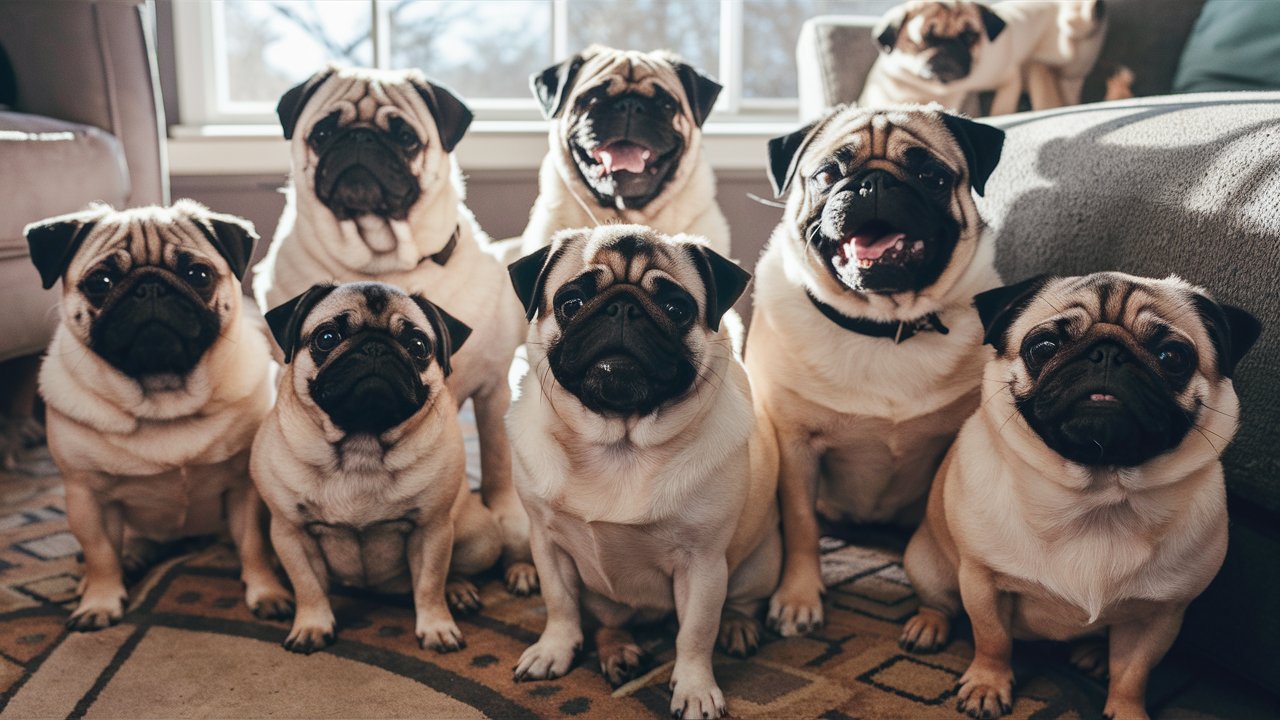
Coat Care
Pugs have short, smooth coats that shed year-round. Regular brushing with a soft-bristle brush helps reduce shedding and keeps their coat healthy. Aim to brush your pug at least once a week.
Wrinkle Cleaning
These dogs adorable wrinkles require special attention. Clean their facial folds regularly to prevent moisture buildup and bacterial infections. Use a damp cloth or pet-safe wipes to gently clean between the folds, then dry thoroughly.
Bathing
Bathe your pug every three to four weeks using a mild dog shampoo. Avoid over-bathing, as it can strip their skin of natural oils. After bathing, ensure their wrinkles are completely dry to prevent skin issues.
Nail Trimming and Dental Care
Trim your dog’s nails every few weeks to prevent overgrowth and discomfort. Regular dental care is also essential; brush their teeth several times a week with a dog-specific toothpaste to prevent dental disease.
Health and Wellness
Regular Vet Check-ups
Routine veterinary visits are crucial for your pug’s health. Schedule annual check-ups to monitor their overall well-being and catch any potential issues early. Discuss vaccinations, parasite prevention, and dental care with your vet.
Vaccinations and Preventive Care
Ensure your dog is up-to-date on vaccinations to protect against common diseases. Flea, tick, and heartworm prevention are also essential. Your vet can recommend the best preventive measures for your area.
Monitoring Weight and Diet
Keep a close eye on your dog’s weight to prevent obesity. Regularly weigh them and adjust their diet and exercise routine as needed. Obesity can lead to numerous health problems, so maintaining a healthy weight is vital.
Personal Anecdote: Overcoming Obesity
My dog, Max, struggled with weight gain due to his love for treats. After consulting with our vet, we implemented a strict portion control plan and increased his daily exercise. Over time, Max lost the extra weight, and his energy levels improved significantly. It was a challenging journey, but seeing Max’s health and happiness improve made it all worthwhile.
Training and Socialization
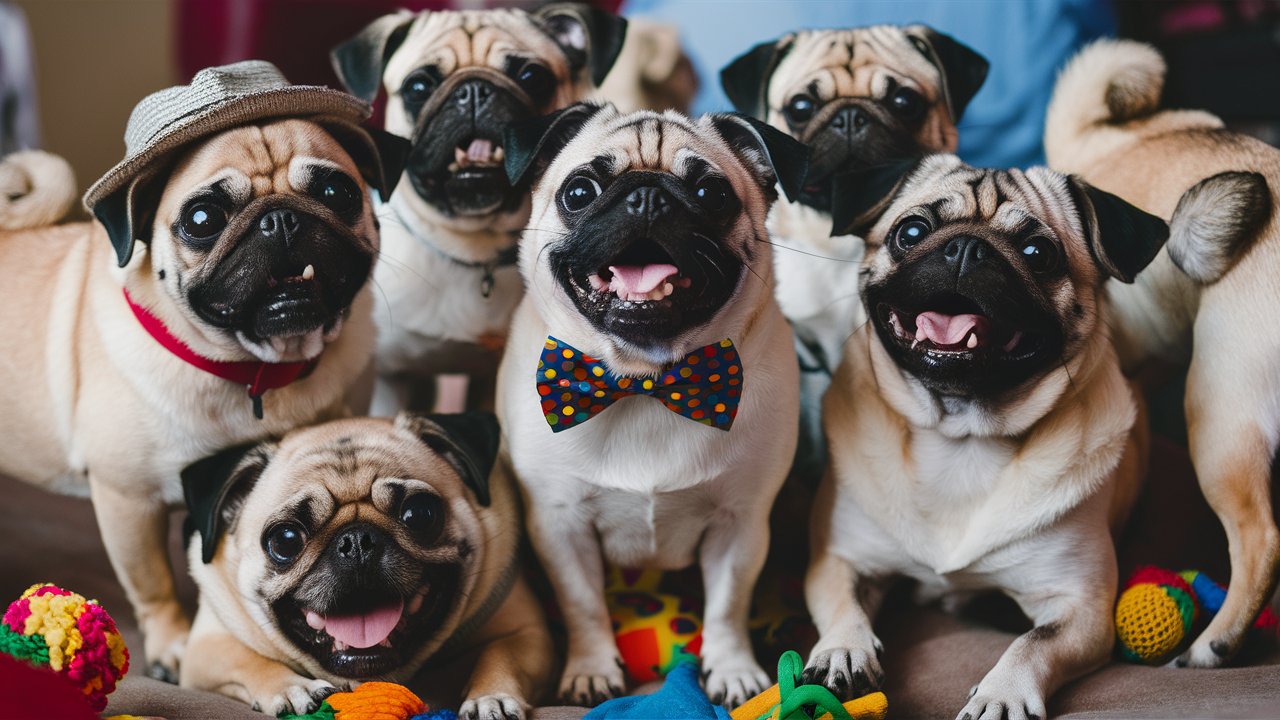
Basic Commands
Training your dog in basic commands like sit, stay, and come is essential for their safety and well-being. Positive reinforcement methods, such as treats and praise, work best with pugs. Consistency and patience are key to successful training.
Socialization
Expose your dog to different environments, people, and other animals from a young age. Socialization helps them develop into well-rounded, confident dogs. Enroll in puppy classes or arrange playdates to enhance their social skills.
Crate Training
Crate training provides your dog with a safe and comfortable space. It can aid in housebreaking and prevent destructive behavior when you’re not home. Ensure the crate is appropriately sized and filled with cozy bedding.
Dealing with Common Behavioral Issues
Separation Anxiety
These dogs are known for their strong attachment to their owners, which can lead to separation anxiety. Gradual desensitization, providing engaging toys, and ensuring they have a comfortable space can help alleviate anxiety. Consulting with a professional trainer or behaviorist may also be beneficial.
Barking
While pugs are generally not excessive barkers, they may bark to alert or seek attention. Address the root cause of barking, whether it’s boredom, fear, or a need for attention. Training and positive reinforcement can help reduce excessive barking.
Chewing
Pugs may chew on objects due to teething, boredom, or anxiety. Provide appropriate chew toys and redirect their attention to them when they start chewing on inappropriate items. Supervision and crate training can also prevent destructive chewing.
Ensuring a Happy Life for Your Pug
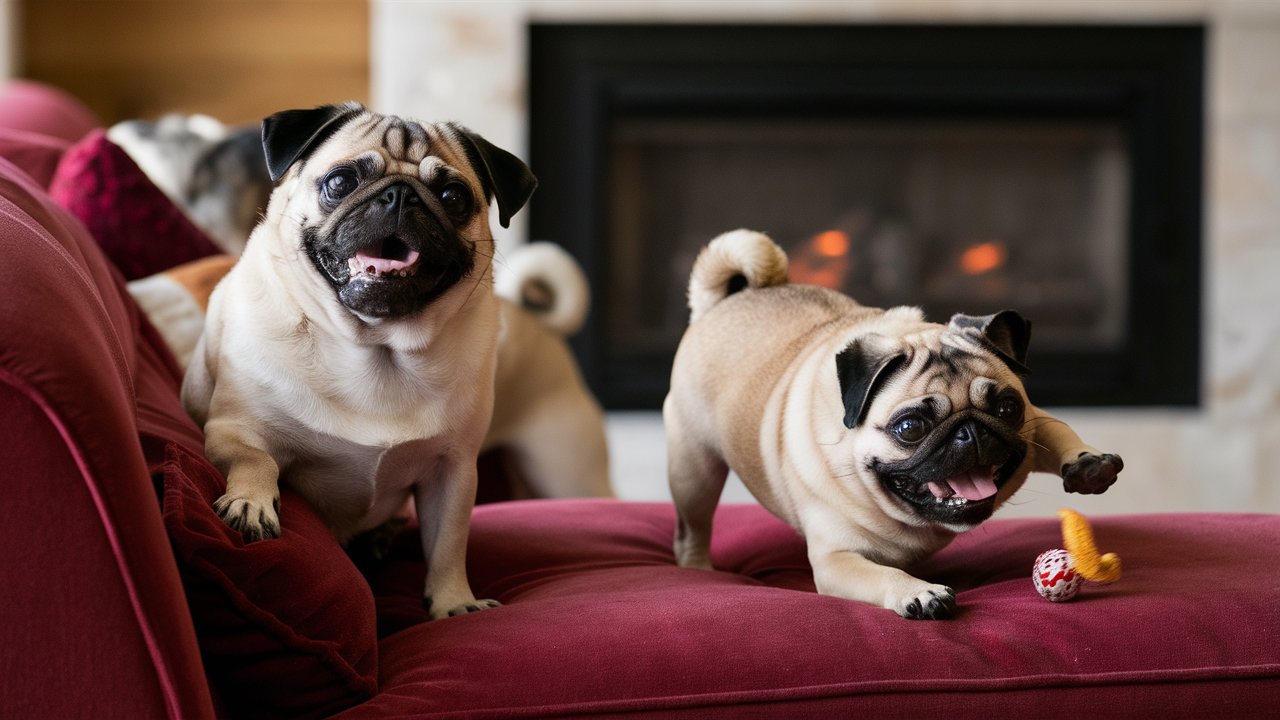
Quality Time
Spend quality time with your pug every day. They thrive on companionship and love being part of the family. Whether it’s cuddling on the couch, playing fetch, or going for a walk, your pug will cherish these moments.
Creating a Safe Environment
Ensure your home is safe and pug-proofed. Remove any hazardous items or substances within their reach. Provide a comfortable bed, fresh water, and access to their favorite toys.
Personal Anecdote: Celebrating Special Moments
One of the most heartwarming experiences as a pug owner is celebrating special moments with your furry friend. On Max’s birthday, we threw a small party with his favorite doggy friends and homemade dog treats. The joy and excitement on his face were priceless, making it a cherished memory for our family.
Conclusion
Caring for a dog requires dedication, knowledge, and love. By understanding their unique needs and providing proper nutrition, exercise, grooming, and medical care, you can ensure your pug lives a happy, healthy life. Remember, each dog is unique, so pay attention to their individual needs and enjoy the journey of being a dog owner. With the right care and attention, your dog will be a loyal and loving companion for years to come.
